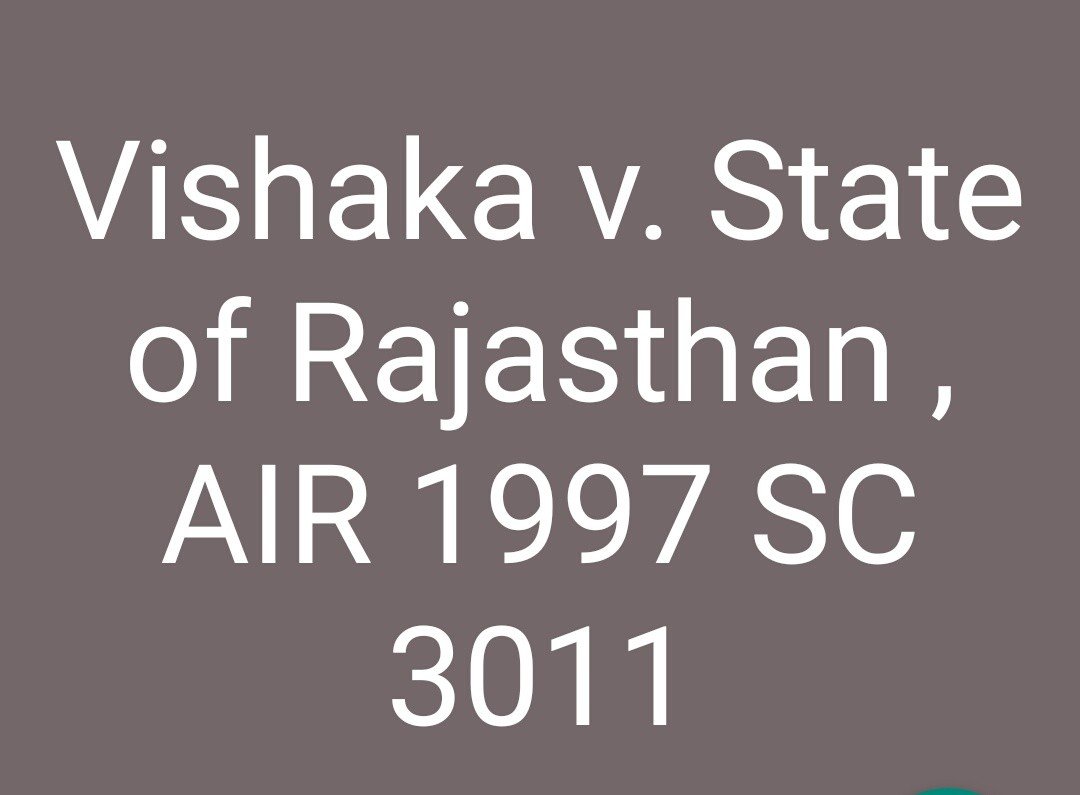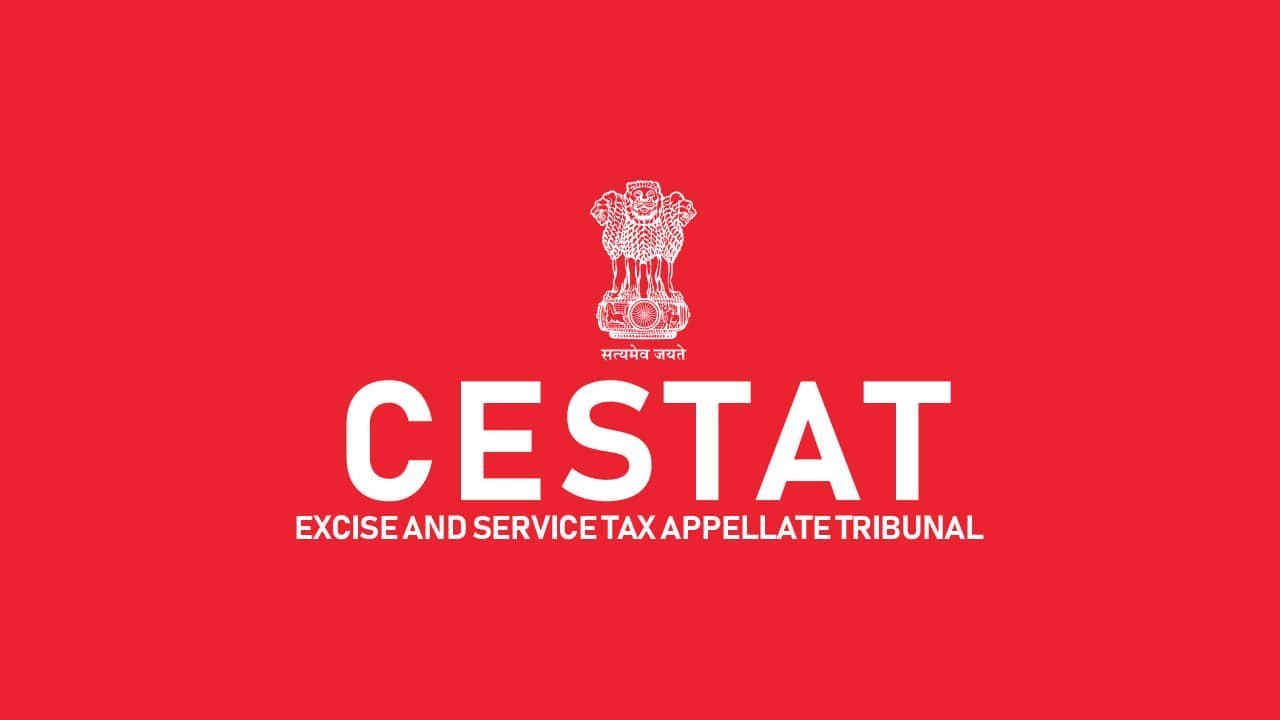Case Study: Vishaka v. State of Rajasthan, AIR 1997 SC 3011
Vishaka v. State of Rajasthan, AIR 1997 SC 3011
Fact of the Case:
The immediate cause for the filing of this writ petition was an incident of alleged brutal gang rape of a social worker in a village of Rajasthan. The petition was brought as a class action by certain social activists and NGOs with the aim of focusing attention towards this societal aberration, and assisting in finding suitable methods for the realization of the true concept of ‘gender equality’; and preventing sexual harassment of working women in all workplaces through the judicial process.
Judgment:
The Court while admitting the petition under Article 32 of the Constitution held that such incidents resulted in the violation of the fundamental rights of ‘Gender Equality’ and the ‘Right to Life and Liberty’. The Court declaring them to be a clear violation of rights under Article 14 (Right to Equality), 15 (Prohibition of discrimination on grounds of religion, race, caste, sex or place of birth) and 21 (Right to life and liberty) of the Constitution and stated, “One of the logical consequences of such an incident is also the violation of the victim’s fundamental right under Article 19(1)(g) ‘to practice any profession or carry out any occupation, trade or business.” It further under Art. 19(1)(g) ‘to practice any profession or to carry out any occupation, trade or profession depended on the availability of a “safe” working environment. Right to life means life with dignity.
Taking note of the various international conventions to this effect, the Court went on to lay down guidelines to be observed in both private and public employment so as to ensure that their incidents of sexual harassment at the workplace were not repeated. The Court defined ‘sexual harassment as including ‘such unwelcome sexually determined behaviour (whether directly or by implication) as;
- Physical contact and advances;
- A demand or request for sexual favours;
- Sexually colured remarks;
- Showing pornography;
Any other unwelcome physical, verbal or non-verbal conduct of sexual nature. The court held that where any of these acts committed in circumstances whereunder the victim of such conduct has a reasonable apprehension that in relation to the victim’s employment or work whether she was drawing salary or honorarium or voluntary, whether in Government or public or private enterprise, such conduct
would be considered as humiliating and constituting health and safety problems. Such treatment was also discriminatory as the woman had reasonable grounds to believe that her objection would disadvantage her in connection with her employment or work including recruiting or promotion or when it created a hostile work environment and adverse consequences might be visited on her if she did not give consent to the conduct in question or raises any objection thereto.”
Also Read: Conjugal Rights under Hindu Marriage Act, 1955- Our Legal World
The Court also gave other directions to ensure that no sexual harassment took place at the workplace and the responsibility for ensuring the same was placed on the employer. It was further directed that the complaint of the sexually harassed worker was to be addressed at the workplace, therefore, Complaint Committee were to be formulated. The Court also ordered the employers to create awareness about the right of being protected from sexual harassment and for that it ordered to notify these guidelines and any law in this regard.








